October Rent Survey
Worsening Vacancy Rates Suggest More New Yorkers Give Up On City
(New York, NY) — Thousands of housing providers are struggling, according to a survey of the members of the Community Housing Improvement Program (CHIP). Some are in dire straits. Without help from the government, more than 15% of respondents say they do not think they’ll be able to make property tax or water and sewer payments in January.
“We are in the eighth month of depressed rent collection and tens of thousands of people have fled the city leaving apartments vacant. While some owners can sustain this type of hit, more than one in ten cannot—and that is a crisis for affordable housing in New York,” said Jay Martin, executive director of CHIP.
Survey respondents reported that 16.41% of residential tenants paid no rent by the middle of October. This is an improvement from last month when 19.43% reported that their residential tenants paid no rent. The reported vacancy rate among respondents ticked up to 12.81% from 12.55% in September. Survey respondents say their vacancy rate in February, before the pandemic, was 3.02%.
“The improved rental collections coupled with the rising vacancy rates reflect a certain population of renters who have ‘dropped out’ of their apartment searches in the city and are no longer in leases,” said Martin.
In the survey, CHIP counts units that are vacant but not currently listed for rent. The mass exodus from New York City has left thousands of units vacant and available for rent, but there are also units that have become vacant and need significant renovations before being rentable. In many instances, property owners do not have the capital or cannot secure funding from lenders to fix up these apartments and bring them back to market, especially if the units are rent regulated and have low legal rents.
“Elected officials cannot tax, fine or regulate their way out of this current housing crisis. Recently proposed ideas like a tax on vacant apartments are just going to continue the downward spiral that has already begun. If the government adopts some of the ideas being pushed by activists whose stated agenda is to bankrupt housing providers, then low-income tenants are the ones who will suffer,” said Martin. “Lawmakers need to attract people back to the city by cutting the costs of operating housing, lowering property taxes on affordable housing, ,and by easing regulations so owners can lower rents,” he added.
The survey respondents represented the owners and operators of more than 75,000 units of housing. The majority of buildings surveyed are older than 1947 and require significant maintenance costs. The geographic breakdown of buildings surveyed is: 41% in Manhattan (19.5% Core Manhattan; 21.5% Upper Manhattan), 19.1% in Brooklyn, 19.6% in The Bronx, 16% in Queens and 4.3% on Staten Island.
CHIP is a housing advocacy organization whose members are small- and medium-sized owners and operators of multifamily rental housing. Collectively we represent more than 400,000 units of rental housing, the large majority of it being rent-stabilized housing. Members report that they have seen an aggregate loss of rental income of $750 million dollars since the start of the COVID-19 emergency.
###

